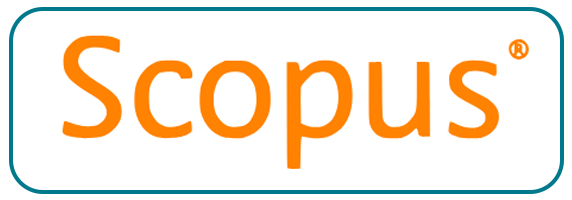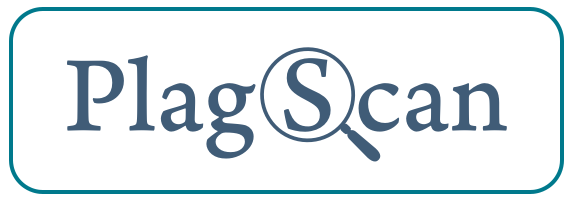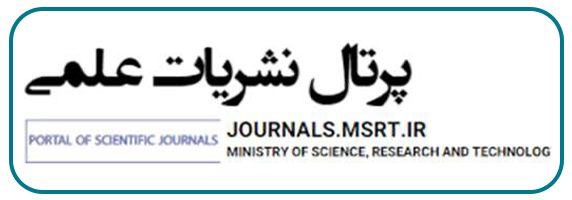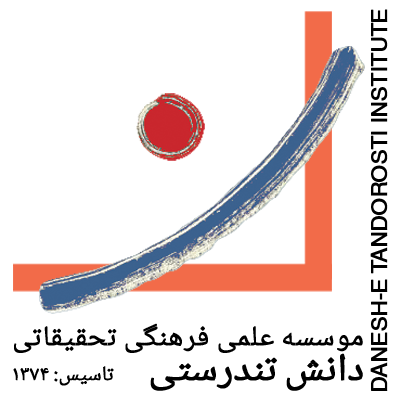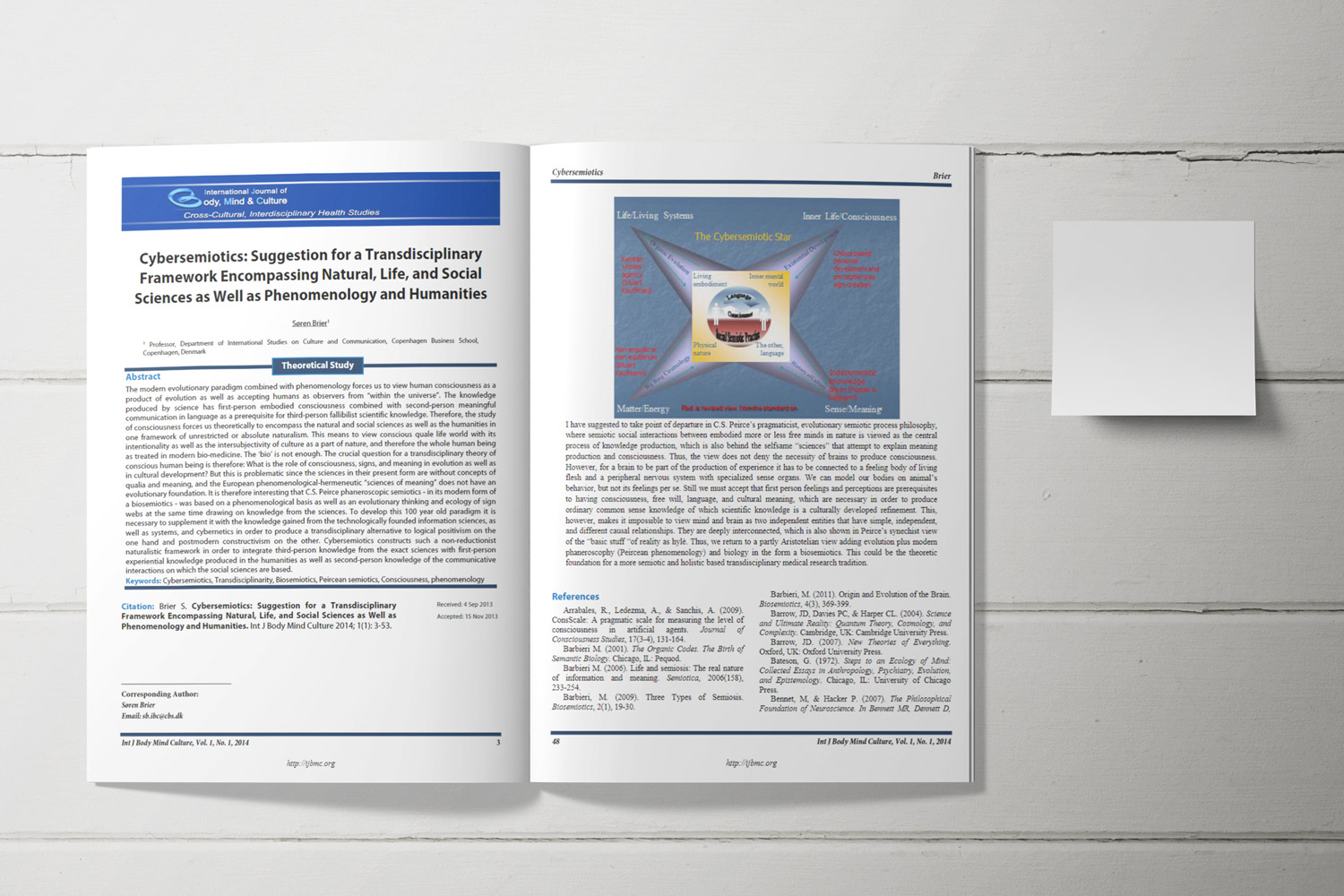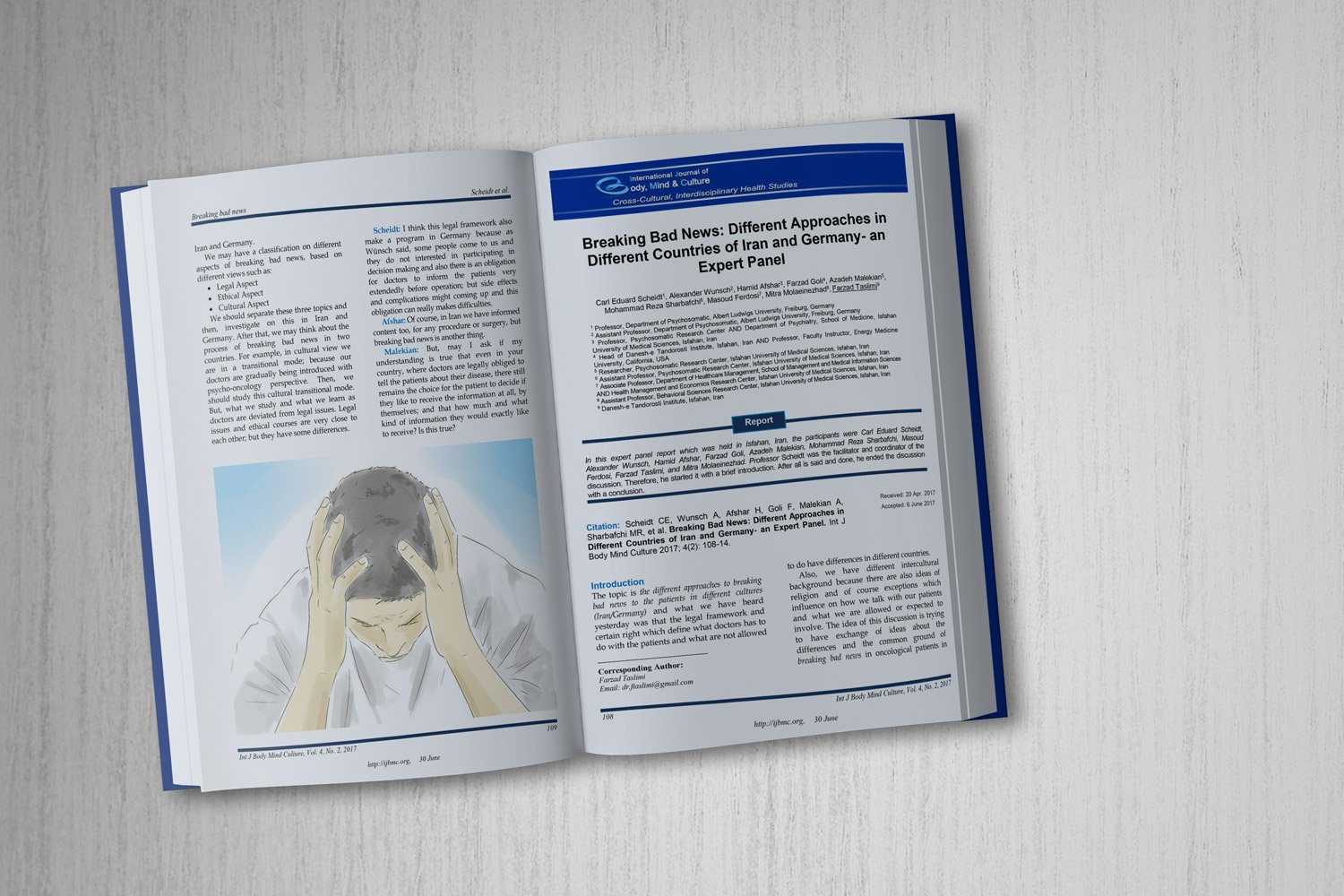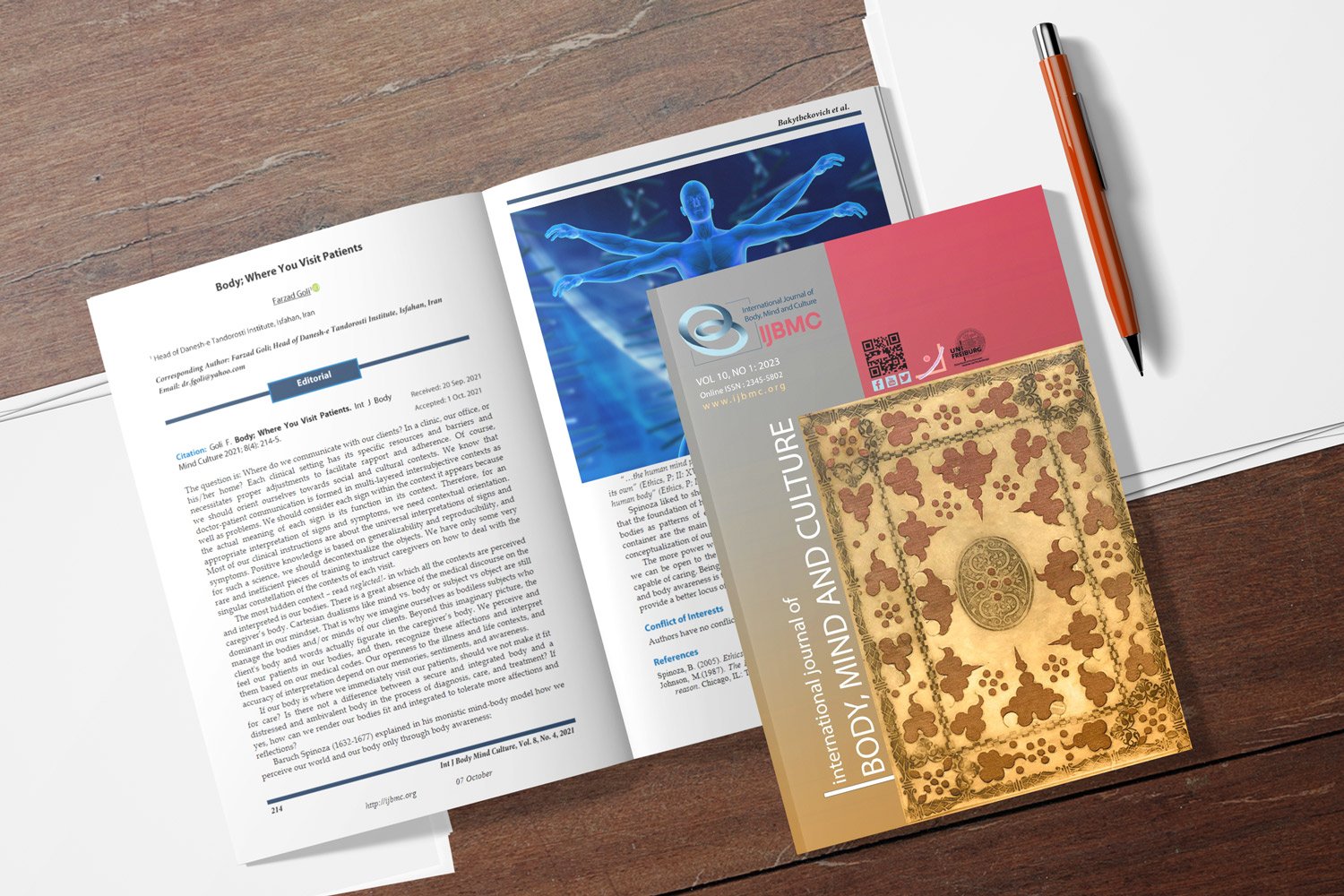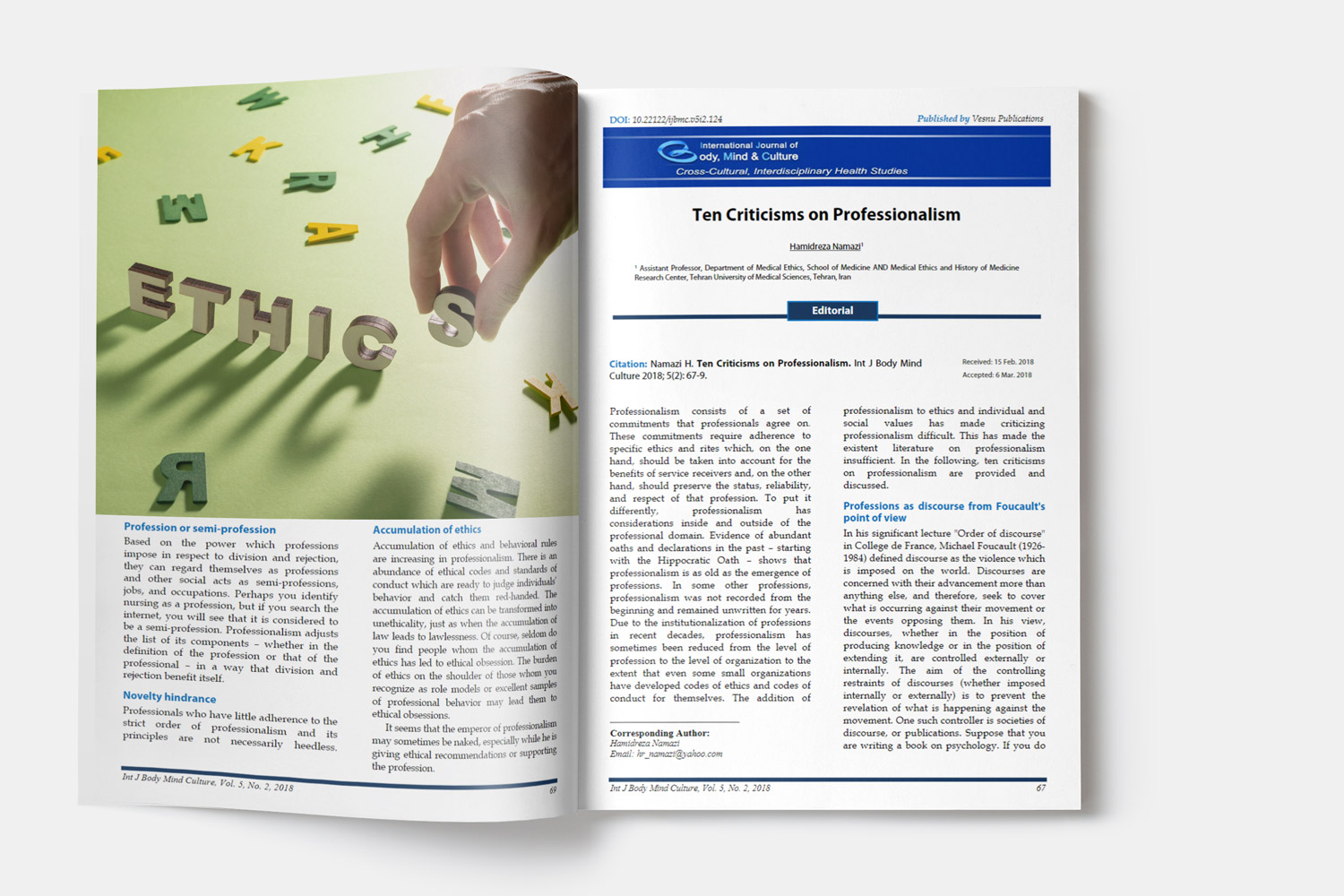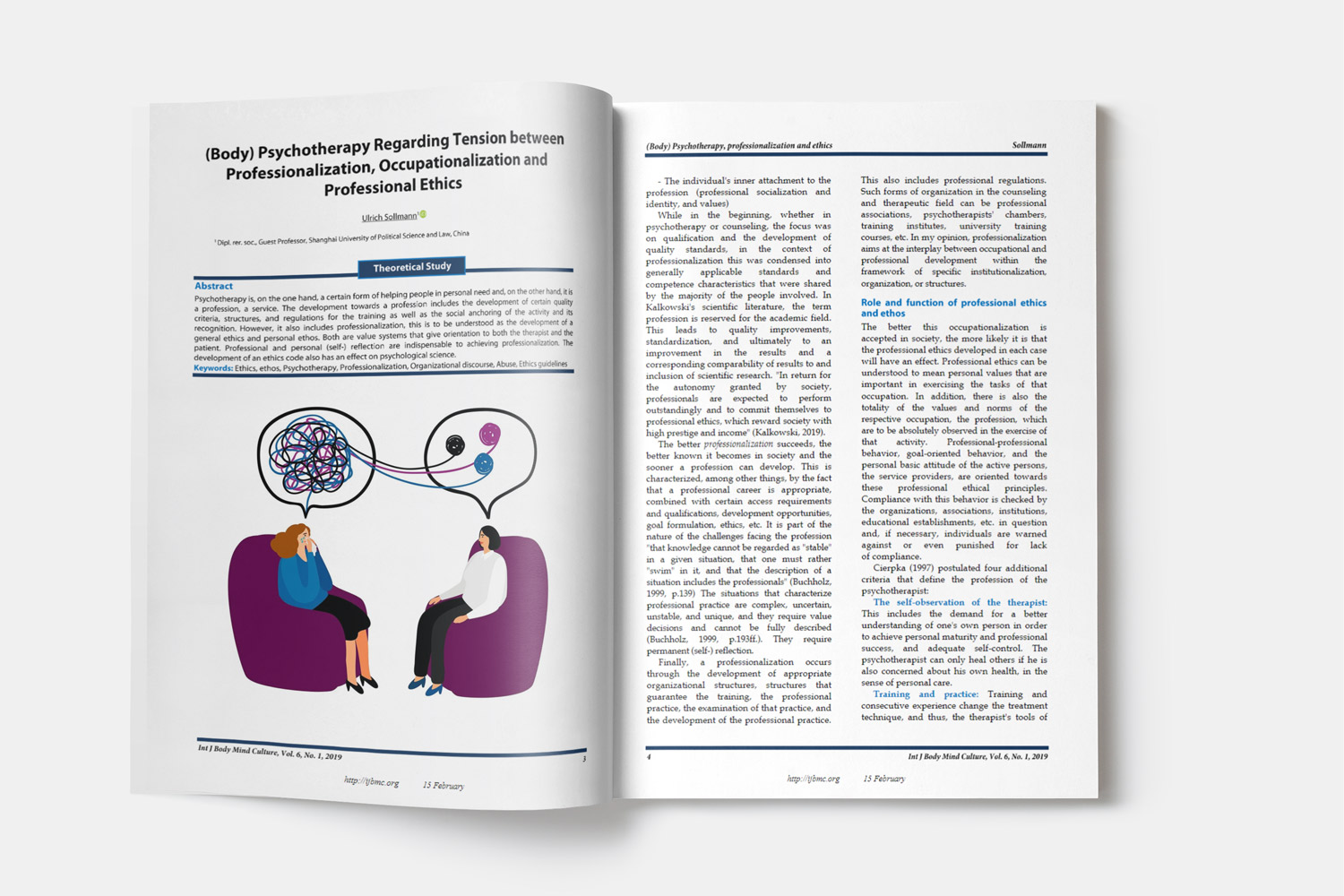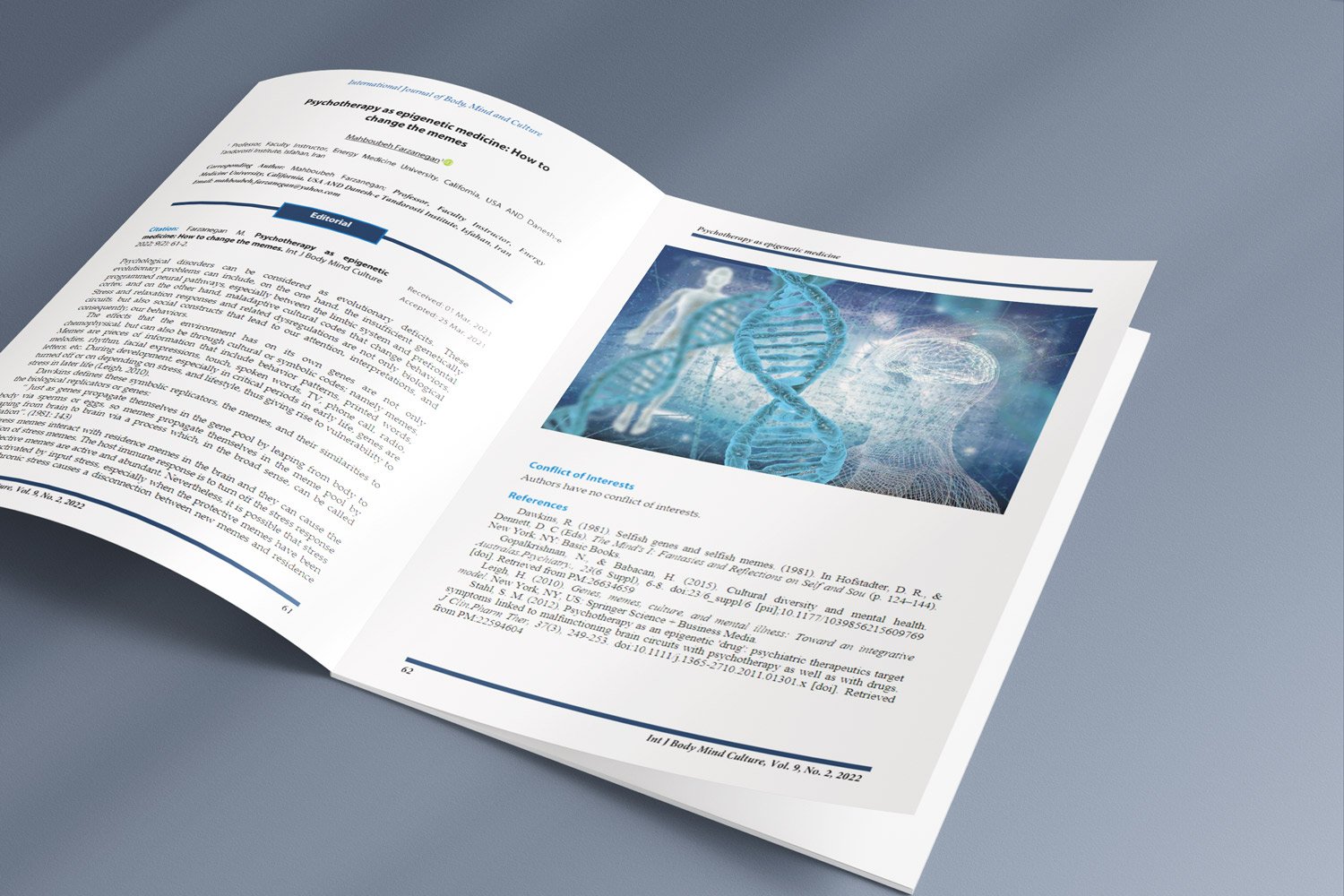Using Art to Foster Hope and Purpose in Gen Z: A Quasi-Experimental Study
Downloads
Objective: This research aims to explore the connection of art as a moderator between purpose in life and hope in Gen-Z.
Methods and Materials: Using a quasi-experimental design, the study involved 50 participants who attended an immersive art exhibition. As part of the quasi-experimental design, a pre-test and post-test were conducted with 50 participants to assess the moderating effect of art. The art works function as a moderator to strengthen the connection between purpose in life (x) and hope (y). The researcher applied the use of painting and music as the prominent elements of art in this project. The pre-test data collection was conducted before entering the art exhibition and a post-test was collected after experiencing the artworks exhibition. Data was analyzed using parametric tests in SPSS software.
Findings: The result showed a 6.8% increase in the adjusted R-squared value, indicating that art significantly strengthens the connection between purpose in life and hope.
Conclusion: Based on the research, the study suggests incorporating art-based interventions in mental health programs targeting Gen Z to enhance hope and resilience.
Downloads
Arianti, M. (2023). Haritaatman Center: Mental Health Rehabilitation Center Dengan Pendekatan Art-Therapy. https://eprints.ums.ac.id/view/divisions/D300/2023.type.html
Ascenso, S., Perkins, R., Atkins, L., Fancourt, D., & Williamon, A. (2018). Promoting well-being through group drumming with mental health service users and their careers. International Journal of Qualitative Studies on Health and Well-Being, 13(1). https://doi.org/10.1080/17482631.2018.1484219
Boster, J. B., Spitzley, A. M., Castle, T. W., Jewell, A. R., Corso, C. L., & McCarthy, J. W. (2021). Music improves social and participation outcomes for individuals with communication disorders: A systematic review. Journal of Music Therapy, 58(1), 12-42. https://doi.org/10.1093/jmt/thaa015
Grossi, E., Tavano Blessi, G., & Sacco, P. L. (2019). Magic Moments: Determinants of Stress Relief and Subjective Wellbeing from Visiting a Cultural Heritage Site. Cult Med Psychiatry, 43(1), 4-24. https://doi.org/10.1007/s11013-018-9593-8
I-NAMHS. (2022). Indonesia - National Adolescent Mental Health Survey (I-NAMHS): Laporan Penelitian. https://pkr.fk.ugm.ac.id/penelitian/indonesia-national-adolescent-mental-health/
Jin, X., & Ye, Y. (2022). Impact of fine arts education on psychological wellbeing of higher education students through moderating role of creativity and self-efficacy. Frontiers in psychology, 13. https://doi.org/10.3389/fpsyg.2022.957578
Ludwig, C. M., Geisler, A. N., Fernandez, J. M., Battaglia, G., Andorfer, C., & Hinshaw, M. A. (2020). The challenge of change: Resilience traits in Women's Dermatological Society Forum participants by generation. International Journal of Women's Dermatology, 6(4), 277-282. https://doi.org/10.1016/j.ijwd.2020.06.005
Margono. (2023). Hasil Survey, 15,5 Juta Remaja Indonesia Miliki Masalah Kesehatan Mental. https://tepas.id/hasil-survey-155-juta-remaja-indonesia-miliki-masalah-kesehatan-mental/
Parker, K., & Igielnik, R. (2020). On the Cusp of Adulthood and Facing an Uncertain Future: What We Know about Gen Z So Far. https://policycommons.net/artifacts/616196/on-the-cusp-of-adulthood-and-facing-an-uncertain-future/1596804/
Pranoto, H. S., Christian, T. F., Teofilus, T., Efrata, T. C., Maurlen, C., & Setiobudi, A. (2023). Designing a Healing Model Based on Paintings, Descriptions, and Background Music with a Music Therapy Approach: Designing a healing model with music therapy approach. International Journal of Body, Mind and Culture, 10(4), 428-434. https://doi.org/10.22122/ijbmc.v10i4.463
Schubert, E. (2022). A Special Class of Experience: Positive Affect Evoked by Music and the Arts. International journal of environmental research and public health, 19(8), 4735. https://doi.org/10.3390/ijerph19084735
Vatne, M., & Nåden, D. (2018). Experiences that inspire hope: Perspectives of suicidal patients. Nursing Ethics, 25(4), 444-457. https://doi.org/10.1177/0969733016658794
Copyright (c) 2025 International Journal of Body, Mind and Culture

This work is licensed under a Creative Commons Attribution-NonCommercial 4.0 International License.

